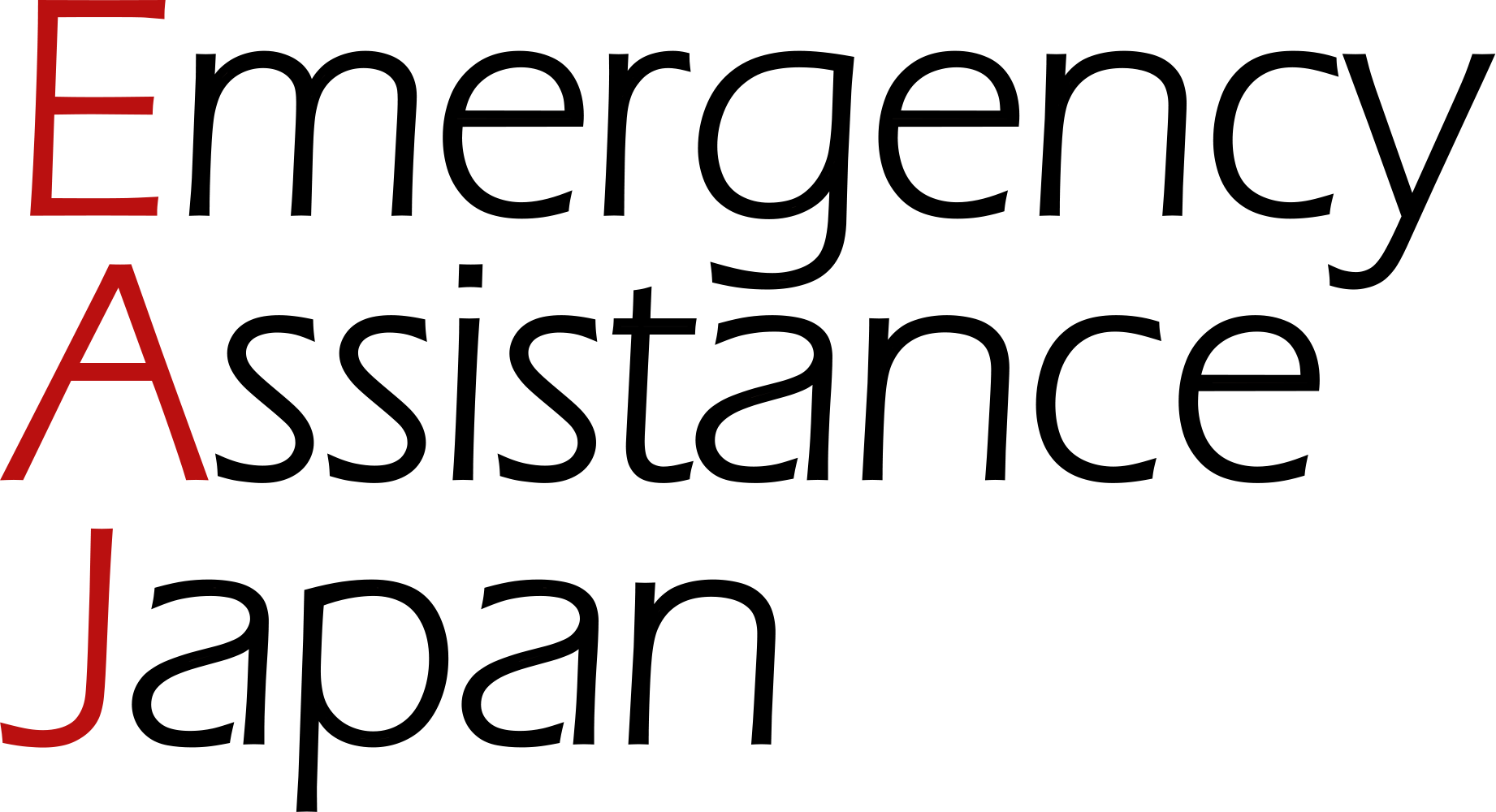Treatment(Radiation therapy)
- HOME
- Cancer(Treatment)
- Treatment(Radiation therapy)
- Radiation Therapy for Cancer
Radiation Therapy for Cancer
23.10.01
Radiation therapy is one of the most important options for cancer treatment. In Japan, research and development of radiation technology in cancer treatment is active, and medical teams with advanced technology and expertise provide optimal treatment for patients. Depending on the type and stage of cancer, initial treatment, preoperative radiation therapy, postoperative radiation therapy, and symptomatic treatment are provided. While hospitalization may be required, it may also be offered as an outpatient treatment.
External and internal irradiation
・External irradiation therapy
This is a treatment method in which cancer tissue is externally irradiated with high-energy X-rays, proton beams, or heavy-ion beams. The dose and direction of irradiation are systematically adjusted to target cancer cells. Depending on the type and location of the cancer, there are several types, including 3D conformal radiotherapy, IMRT, SRS, and SBRT.
・Internal irradiation therapy
A treatment in which a radiation source is inserted near or inside cancerous tissue. Depending on the type of cancer, the radiation source is temporarily or permanently implanted in the body. It is used to treat cervical, prostate, and breast cancer.
Typical Radiotherapy in Medical Tourism
・Proton Therapy
It is more precise than regular x-ray therapy and can deliver higher doses of radiation to cancerous tissue, minimizing damage to surrounding normal tissue. Proton beams can reach depths where radiation has the greatest effect when focused on cancerous tissue. This allows for effective treatment of deep cancerous tissue. It is particularly suitable for pediatric cancer patients because it minimizes the effects of radiation on the growing tissue. Because of its proximity to surrounding vital tissues and organs, it is also effective for the head and neck region, including the oral cavity, nasopharynx, and brain tumors.
・Heavy Ion Therapy
Heavy ion therapy uses high-energy heavy particles (such as protons and carbon ions) to destroy cancer cells. It is more precise than regular X-ray irradiation and delivers a higher dose of radiation to cancer tissue. This treatment is useful for radiosensitive cancers and when minimal damage to surrounding healthy tissue is desired. The depth of the radiation source can be adjusted according to the location of the tumor. Heavy ion therapy is also used to prevent cancer recurrence. Compared to other radiation therapy modalities, heavy particle therapy tends to reduce complications.
・Boron Neutron Capture Therapy
This is a special cancer treatment in which a boron drug is administered to the cancer patient, followed by neutron irradiation of the cancer tissue. Boron is selectively absorbed by cancer cells, and the reaction by neutron beams destroys the cancer cells. This treatment delivers a high dose of radiation to cancerous tissue with minimal damage to surrounding normal tissue. It is particularly suitable for the treatment of head and neck cancers and brain tumors. BNCT is also used to prevent cancer recurrence, but is offered in specific locations because it requires advanced technology and expertise and is limited to a few facilities.
In combination with other therapies
・Radiosensitization
A combination of radiotherapy and anticancer drugs is used to increase the sensitivity of cancer cells. It enhances the effect of radiation therapy and destroys cancer cells more effectively.
・Immunoradiation
Radiation therapy is used to stimulate the immune system to attack cancer cells. It enhances the anti-cancer immune response and may help control cancer.
